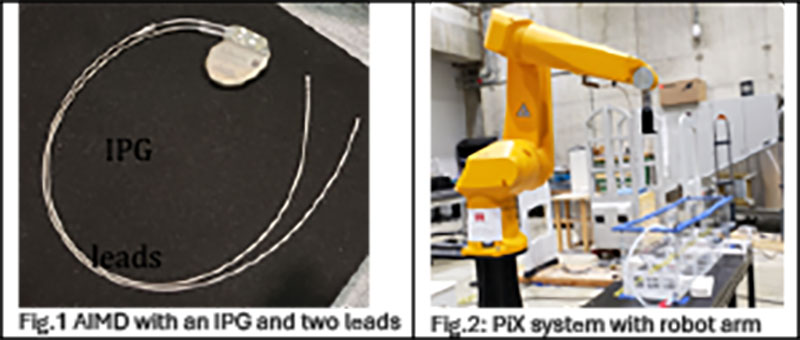Regulatory Science for Engineering Intuitive, Engaging, Safe and Effective Human-Device Interaction

Background: Most of the US population would receive magnetic resonance imaging (MRI) scans during their lifetime. The medical community anticipates three out of the four patients with active implantable medical devices (AIMDs) such as cardiac pacemakers, spinal cord, deep brain stimulators, cochlear implants, and defibrillators need MRI during the lifetime of their devices. However, patients with AIMDs developed before the first FDA-approved MR-conditional (MRC) pacemaker in 2011 were contraindicated for MRI due to induced radio frequency (RF) electric (E) field heating at the electrode tip, induced arrhythmias, and electromagnetic compatibility (EMC) issues. The primary safety concern is due to the RF-induced heating in the vicinity of the lead electrode tip of the AIMD due to the propagation of electric currents by the induced E-fields in the patient's body under MRI RF field exposure. The induced currents on the lead would deposit power at the tissue region surrounding the bare electrode tip causing a local temperature rise. The induced current intensity on the AIMD lead is determined by the electrical characteristic impedances of the lead and the implantable pulse generator (IPG). Manufacturers and academic research labs have developed and deployed various techniques to mitigate RF-induced heating of AIMDs to make them MR-conditionally safe. Yet, minimal effort has been made to ensure the safety and proper functioning of AIMDs that require the replacement of IPG due to malfunction or battery failure. The average longevity of the AIMDs in patients ranges between 8-12 years, with battery failure and unwanted electromagnetic interference causing the malfunction or failure of the AIMDs. The interchangeability of the implanted AIMD’s lead with appropriately matched IPG is essential for ensuring patient safety and proper functioning of AIMDs under MRI.
Research Plan: This project would involve the development of regulatory science tool that will provide criteria for MR-conditionally safe interchangeability of AIMD leads with IPGs. We will device IPGs with various relevant impedances and develop leads with a range of impedances and match them to see their combined MR safety performance using transfer function measurements (see figs. 1- 2).
Prerequisites: Introductory course in undergraduate electromagnetics, with a working knowledge of Matlab or Mathcad is preferable.